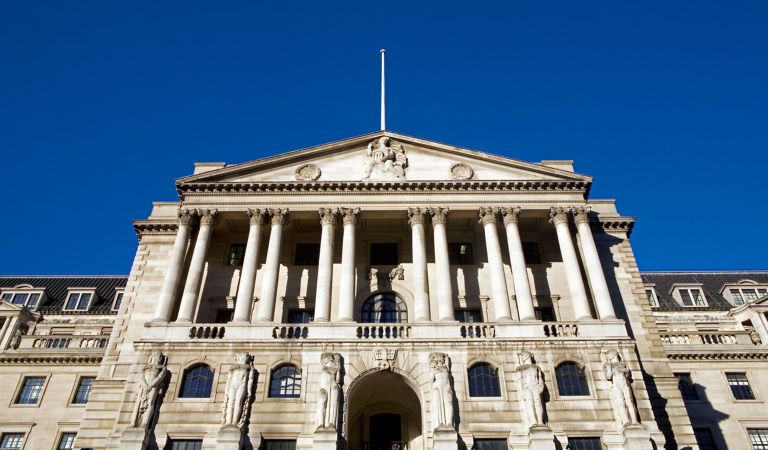- Investment Director
Skip to main content
- Funds
- Insights
- Capabilities
- Sustainability
- About Us
- My Account
Our Funds
Explore our insights
Asset class
Formats
Investment Solutions
Sustainable Investing
Stewardship Principles
Investment Solutions
Funds


























Monthly Market Review — October 2025
Continue readingBy